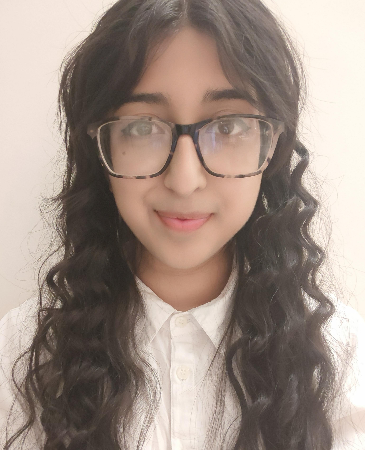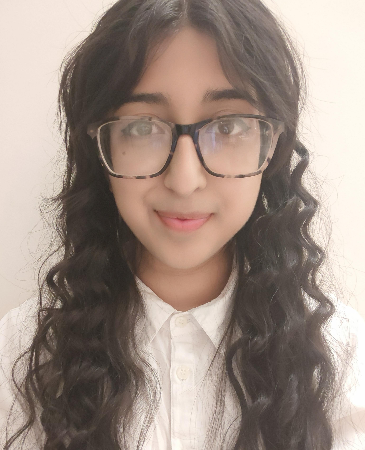Voices from our next generation: At the cutting edge of the environment

Posted by Attrax Administrator
Posting date:
11/13/2019 14:59
13 November 2019

Apply for a summer, or ‘Year in Industry’ placement at Atkins like I did during my degree. It gave me the chance to gain experience and make an impression at the business before thinking about graduate roles. When Atkins invited me to join their Graduate Programme it meant I didn’t have to go through the usual application process.
–– Anne’s top tip on starting a career at Atkins
Meet Anne, Assistant Environmental Scientist at Atkins, a member of the
AtkinsRéalis Group. She began working with us three years ago. Today she’s progressing with us and pursuing her passion to make a tangible, sustainable difference to the planet. #InsideAtkins recently heard from her about future of her field and her experience at the business
What does being an environmental scientist mean to you?
First and foremost, it means working to protect the natural world around us. In my role at Atkins that can vary from small projects for a water company (e.g. protecting a local reservoir during a drought) all the way to making sure that dozens of watercourses aren’t put at risk by the construction and operation of a large infrastructure project.
What are the top three challenges for environmental scientists moving into the future?
1. Climate change
2. Climate change
3. Climate change
It’s affecting our natural world in both seen and unseen ways. We need to ensure that people recognize what these are, and actively work together to limit the impact we’re making on the planet.
How did you become an environmental scientist?

I completed my BSc in Geophysical Science at the University of Leeds and was offered the opportunity to complete a Year in Industry placement with Atkins’ Water Management Consultancy (WMC) between my second and final years of study. The interesting projects and supportive people at Atkins made me realize that environmental science was for me.
After completing my undergraduate degree, I returned to Atkins as a Graduate Environmental Scientist. I’ve also been studying part-time for my MSc in River Basin Dynamics and Management with GIS alongside my role at Atkins. I haven’t necessarily followed the most traditional path, but I think the skills and knowledge I learned during my BSc – such as coding and GIS – have supplemented my role tremendously, and I’ve had the support from my team at Atkins to develop into my current role.
What is your team like and what motivates you at Atkins?
My team (WMC) consists of about 120 colleagues across the UK. In the Warrington office we’re a friendly bunch of roughly 20 working across multiple disciplines including water quality, geomorphology, water resources and flood risk. So there are plenty of opportunities to get involved with different projects and gain experience. I’m motivated by the interesting and varied work that we do in WMC and having opportunities to take ownership of tasks on projects.
What is the most exciting project you’ve been working on?

Recently I’ve had the opportunity to design my first river restoration as part of a larger flood alleviation scheme project. We're removing an existing 100 m long culvert and restoring a ditched watercourse to create a naturalized channel and habitat for aquatic flora and fauna. While this is only a small restoration, it provides a genuine environmental benefit on a large infrastructure project and illustrates a marked step in my career progression.
Which unexpected career areas have you been able to explore at Atkins?
WMC is made up of many different disciplines, such as water resources, flood risk, water quality and sustainable river management. I've been able to explore these different areas to get a feel for which I would like to specialize in as I progress my career. I’ve also been able to use my digital skills to work on in-house software development, and to pitch this work to multiple clients.
What is your generation bringing to the industry?
My generation has a fresh drive to embrace technological change. By combining this with traditional technical expertise, we can address environmental issues in new ways and identify the best possible solutions.
How are environmental scientists pushing forward with technology?
Recently I’ve seen drones used to survey watercourses, satellite imagery used to assess areas of pollution risk in agricultural catchments and spatial analysis models to identify potential areas for natural flood management measures and Sustainable Drainage Systems (SuDS). Embracing technology is helping us to understand natural processes and allowing us to make better, more robust decisions about managing and protecting the environment.
How else do you see digital playing a vital role in the future of your field?
At the moment there is a huge drive in the industry to work “smarter, faster, better”, and the only way to achieve this is to embrace technology. Developing digital tools to automate repetitive manual tasks is more efficient and more reliable, freeing up experts’ precious time to be used elsewhere.
What advice would you give to anyone who wants to become an environmental scientist?
1. Go for it. The world needs more people to protect it!
2. Actively seek opportunities to explore different disciplines within environmental science to find out what you’re most passionate about .
Keen to join our incredible teams? We’re hiring. Apply now.
Related article
Interested? Find out more about life at AtkinsRéalis
Sign up to receive the latest content tailored to your interests
Related Articles
Recently Viewed Jobs
Integrity
We do the right thing, no matter what, and are accountable for our actions.












